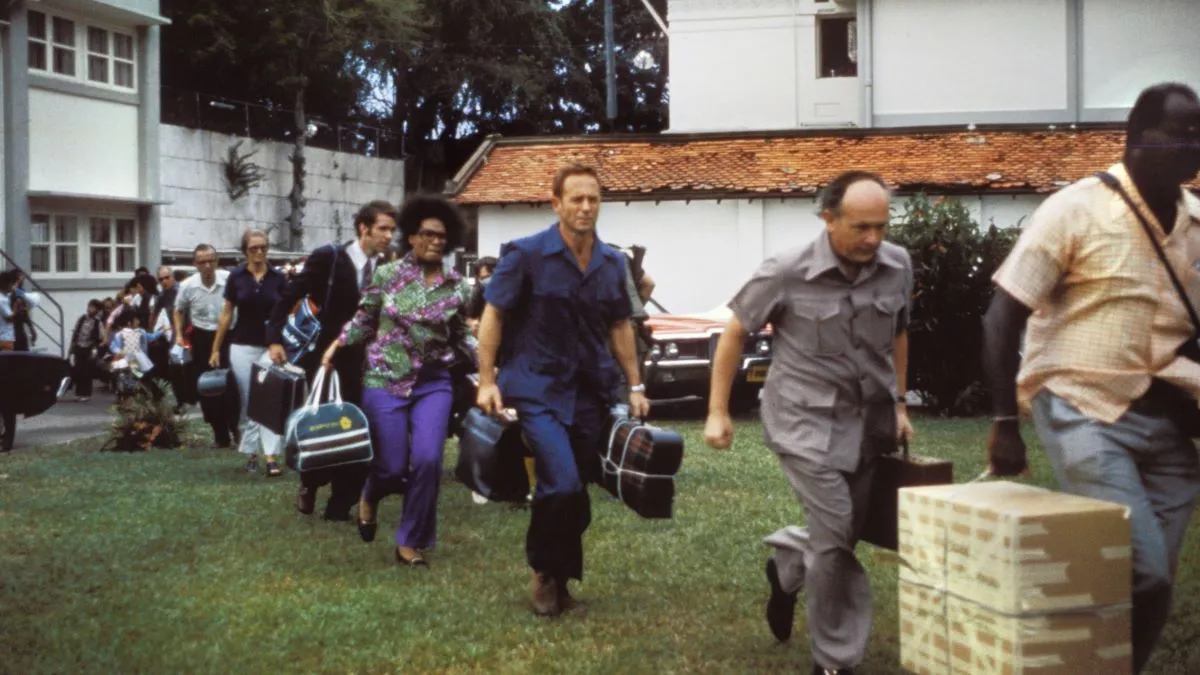The Vietnam War remains a haunting scar on the annals of history, its profound impact still keenly felt within the country it ravaged. The ugliness of this conflict is underscored by the tragic consequences of stalled endings, diplomatic blunders, and the pervasive influence of self-interest in decision-making.
Undeniably, the Vietnam War exacted a brutal toll on all involved parties. However, it was the Vietnamese people, both from the North and the South, who bore the heaviest burden, enduring immense casualties, both military and civilian, surpassing those suffered by American troops.
Historians like George W. Hopkins have described the Vietnam War as one of the most divisive conflicts in American history, second only to the Civil War. Spanning five presidencies and three tumultuous decades, the official U.S. involvement in the war lasted for nine years. Yet, American military aid to Vietnam began much earlier, in the 1950s, during the Vietnamese struggle against French occupation, persisting until 1975.
The acclaimed documentary series “The Vietnam War” poignantly captures the origins and complexities of the conflict, attributing its inception to a convergence of good intentions, fatal misunderstandings, overconfidence, and Cold War miscalculations. Tragically, the war was prolonged by a reluctance to confront the tragic decisions made by five American presidents from both political parties.
The war’s denouement culminated with the fall of Saigon, swiftly renamed Ho Chi Minh City. However, the path to closure was far from straightforward. The end of the war unfolded gradually, with promises of resolution frequently made to the American public before actualizing.
In the early 1970s, mounting contention and frustration among U.S. citizens manifested in widespread protests, symbolized by poignant acts such as Vietnam veterans discarding their medals in protest. The war’s escalating costs, both in terms of human lives and financial resources, made victory increasingly elusive. The anti-war movement gained momentum, pressuring the government for change.
The Nixon administration’s “Vietnamization” plan, intended to gradually withdraw U.S. troops and empower the South Vietnamese army, ultimately faltered. As the U.S. departed, South Vietnam proved unable to withstand the North’s advancing forces. The Paris Peace Accords of 1973 marked a pivotal moment, with the release of American prisoners of war as a precondition for complete withdrawal.
However, the ceasefire agreed upon in Paris was frequently violated, leaving South Vietnam vulnerable and disillusioned. The eventual fall of Saigon in 1975 signaled the collapse of the South Vietnamese regime and the war’s conclusion. The chaotic aftermath saw thousands of South Vietnamese civilians fleeing the city in desperation.
Yet, the war’s end did not usher in a period of absolute peace. Vietnam remained scarred by decades of conflict, grappling with widespread devastation, economic hardship, and enduring collective trauma. The legacy of the Vietnam War continues to shape the nation’s psyche and its path forward, a reminder of the profound human cost of war and the imperative of striving for peace.

